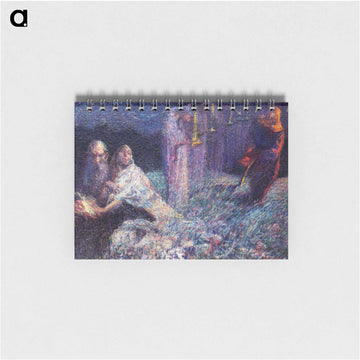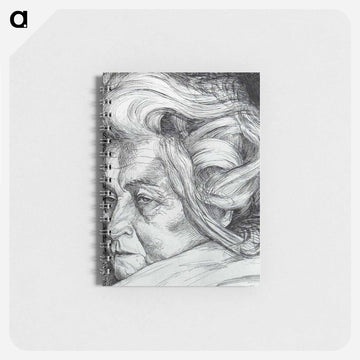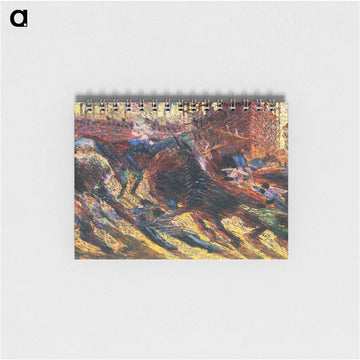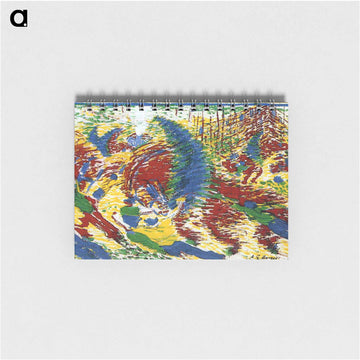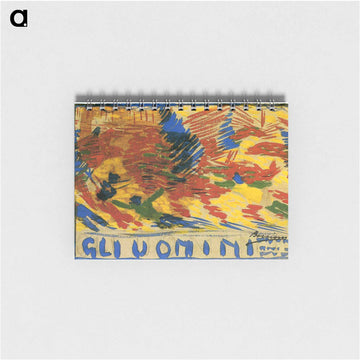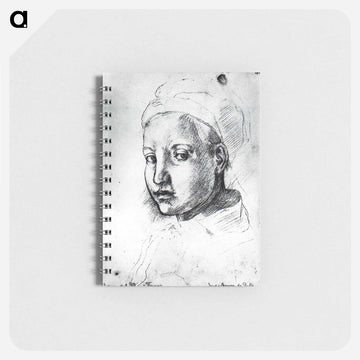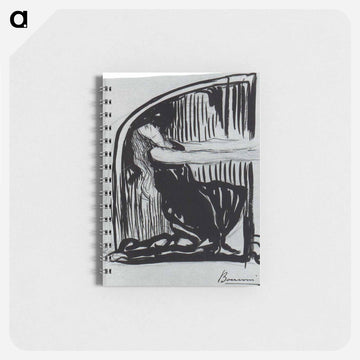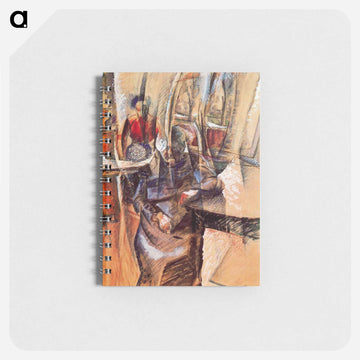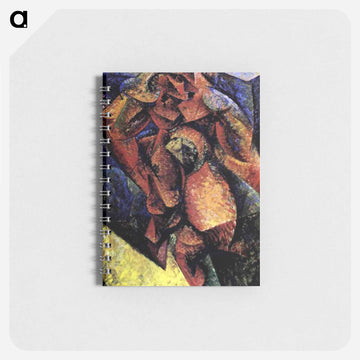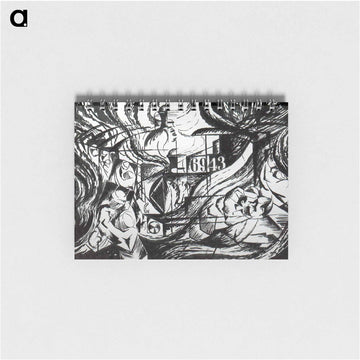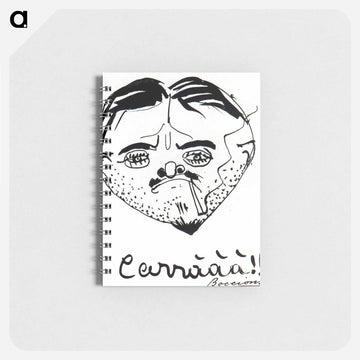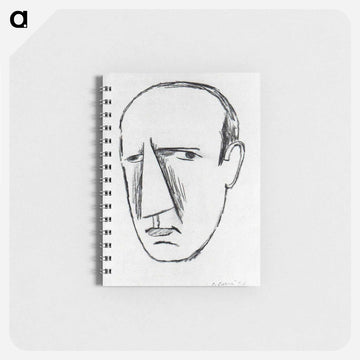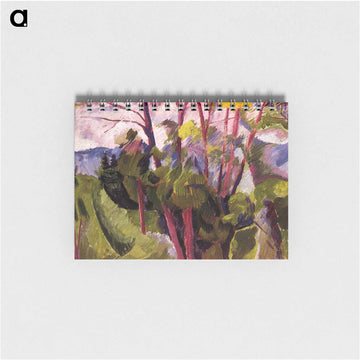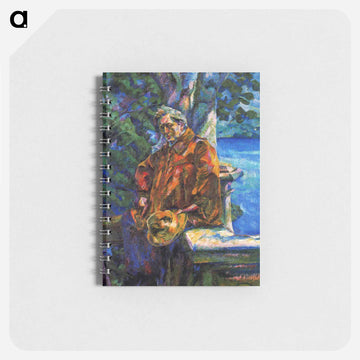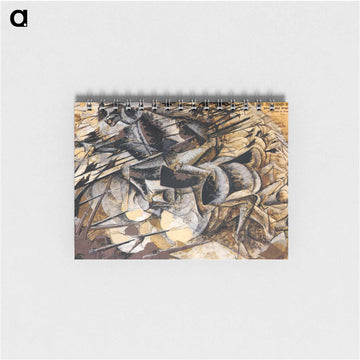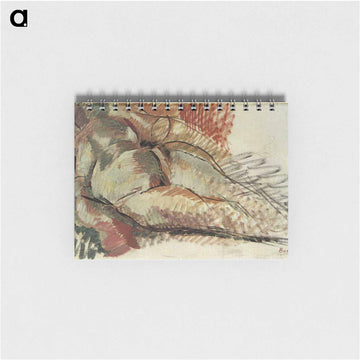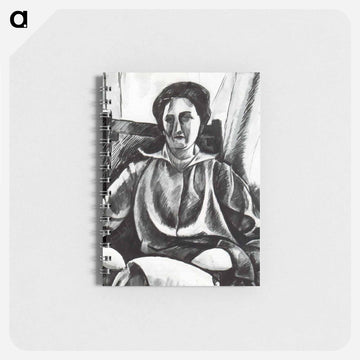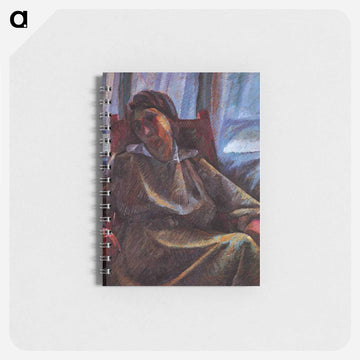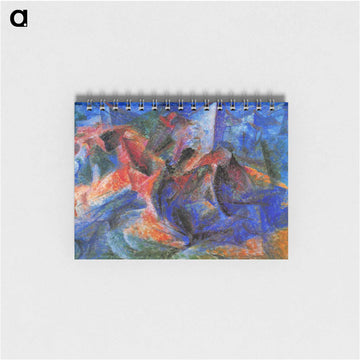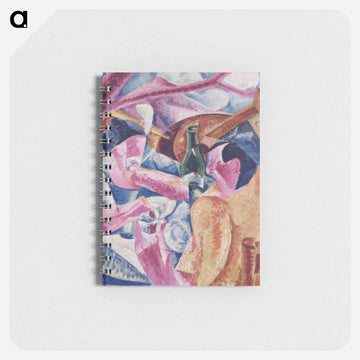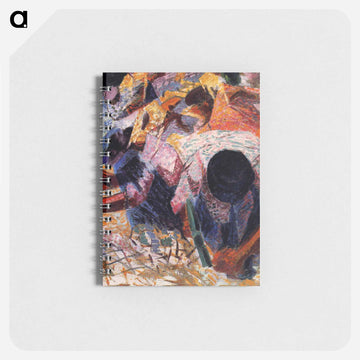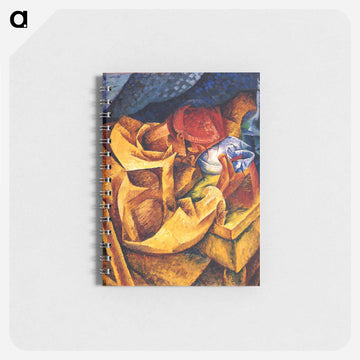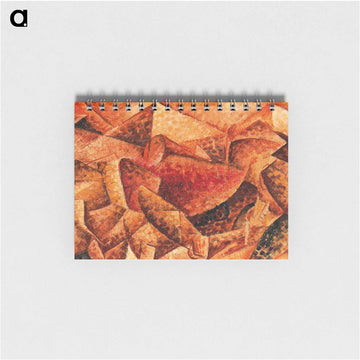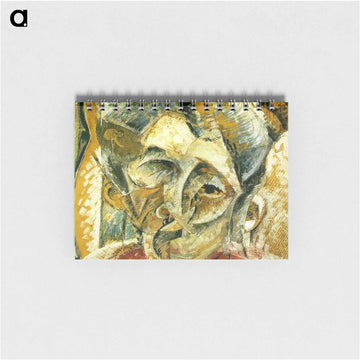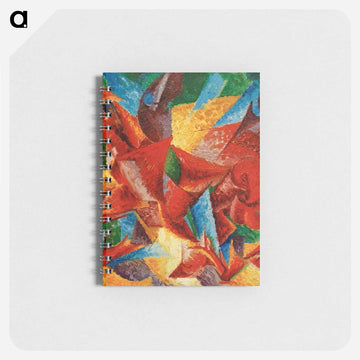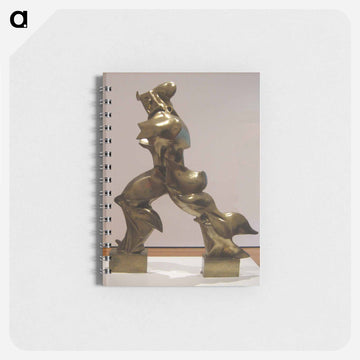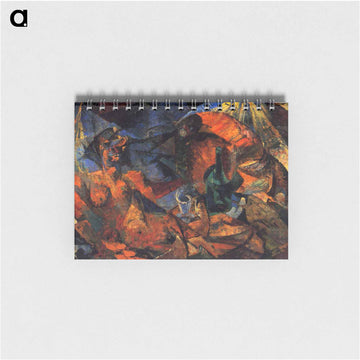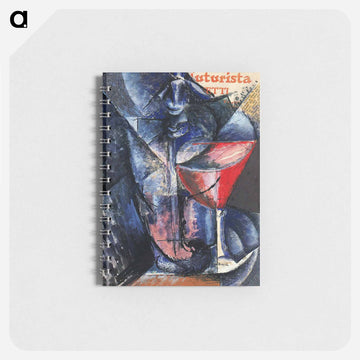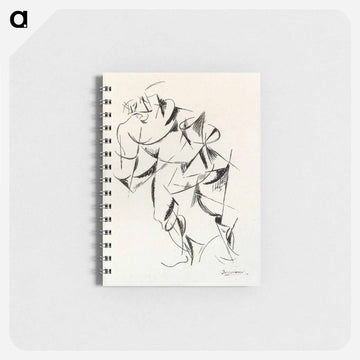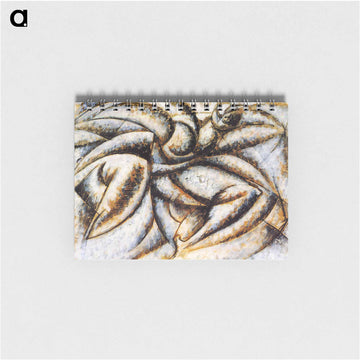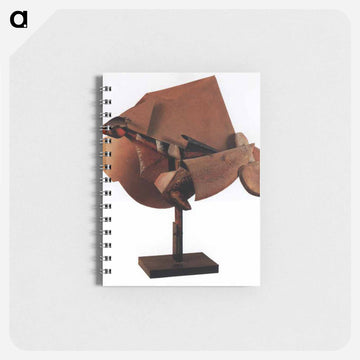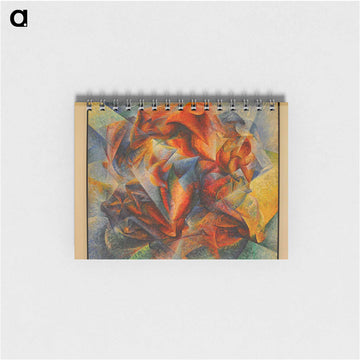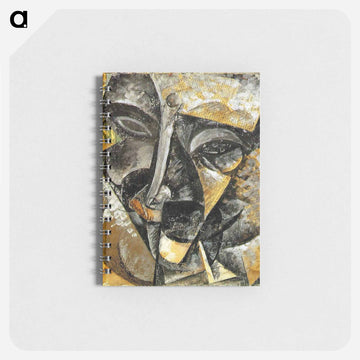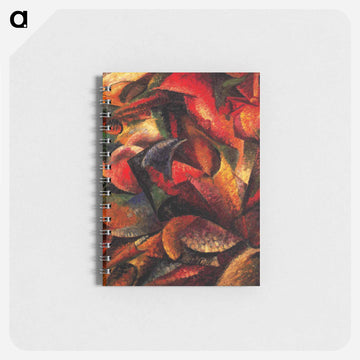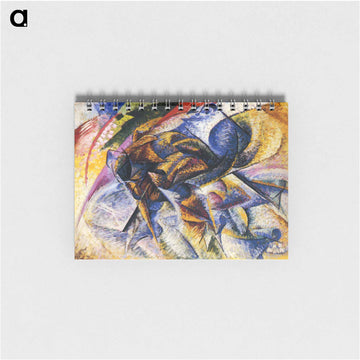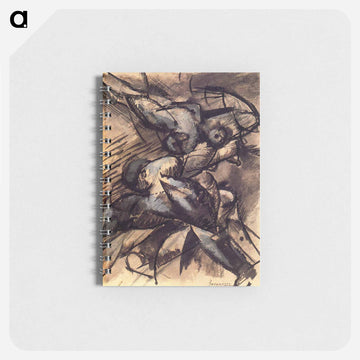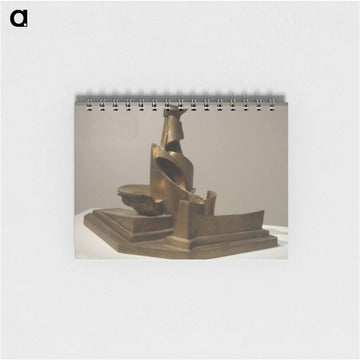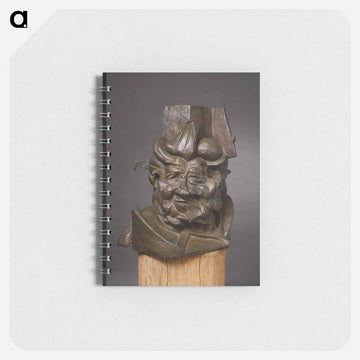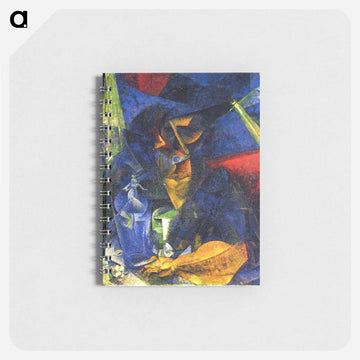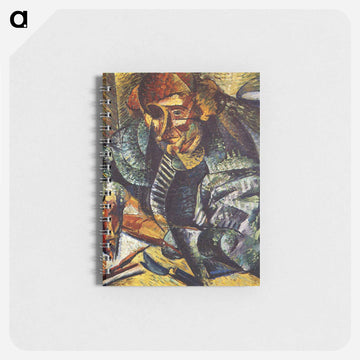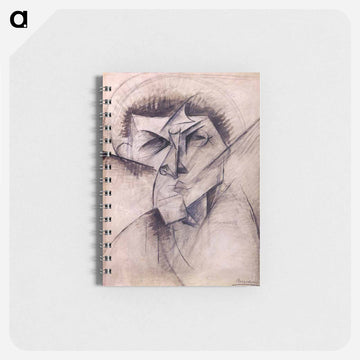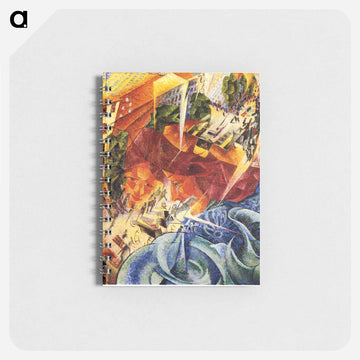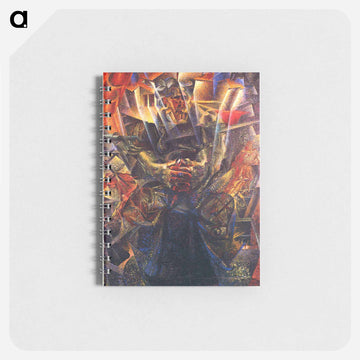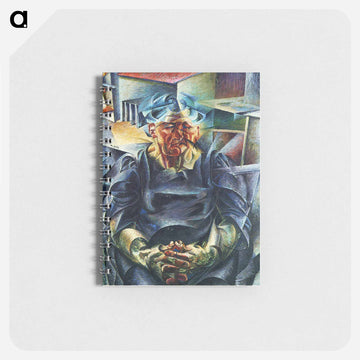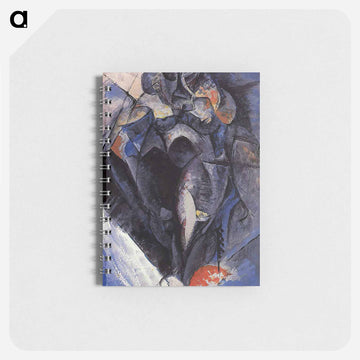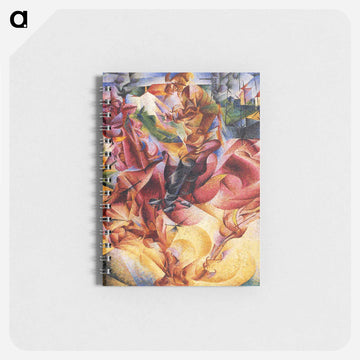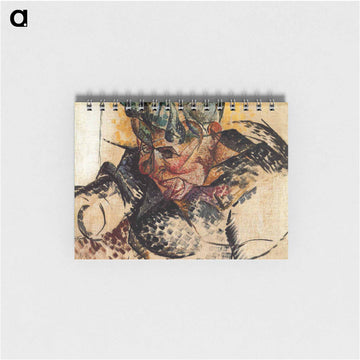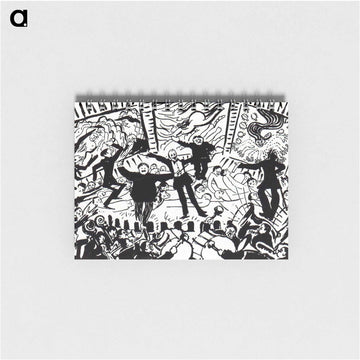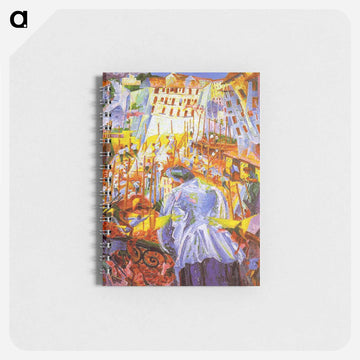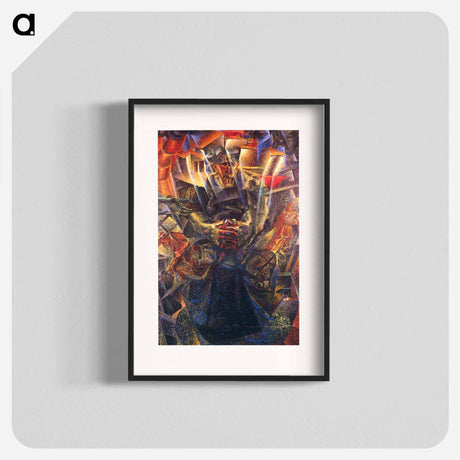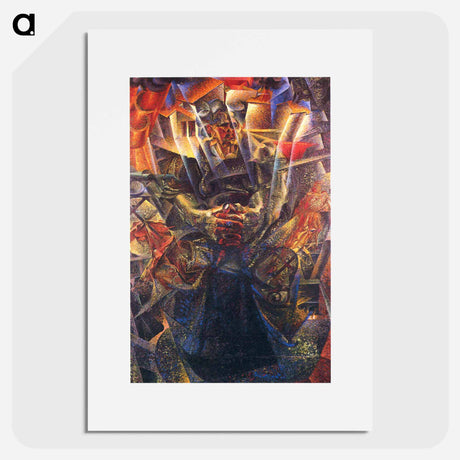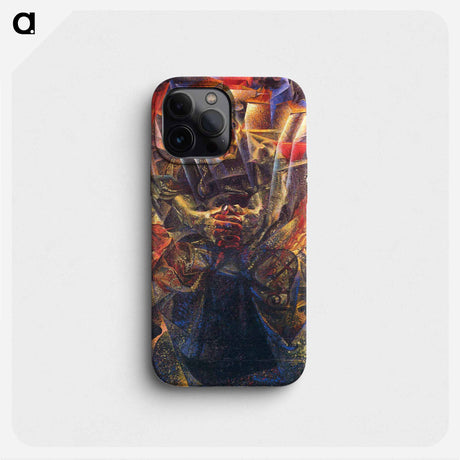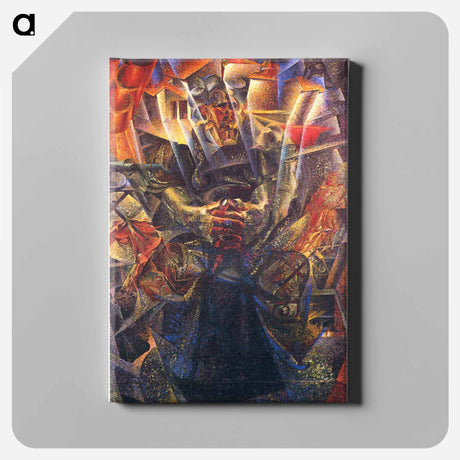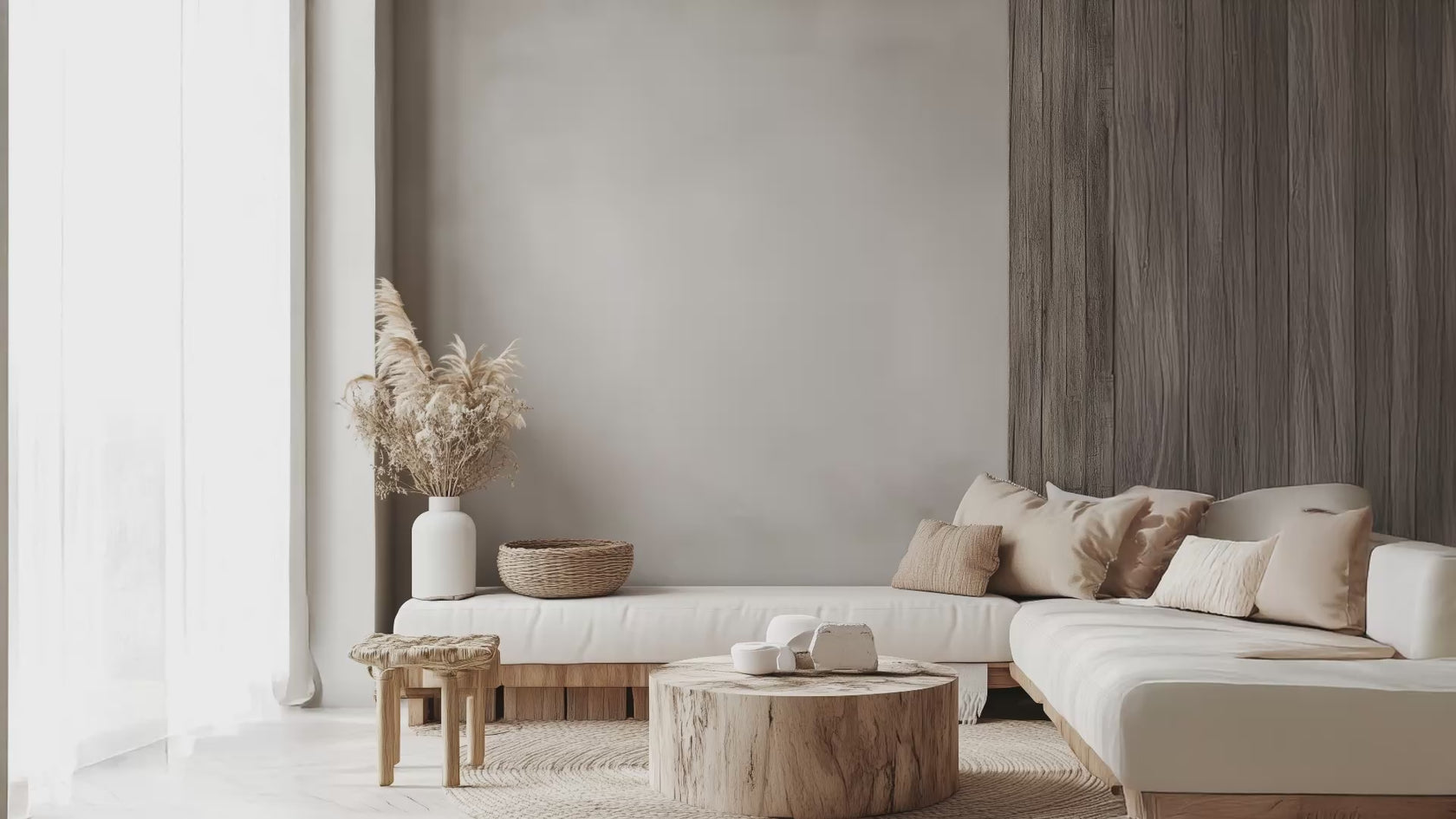Materia - ウンベルト ボッチョーニ Postcard.
Materia - ウンベルト ボッチョーニ Postcard. - L(89×127) / 印刷のみ / なし is backordered and will ship as soon as it is back in stock.
【出荷予定について】
※土日祝定休
製品説明
製品説明
気軽にアートを飾りたい
そんなお声に応えて生まれたartgraph.の「Mini Art」ポストカードシリーズ。
小さくて軽いから、場所を選ばずに飾ることができ、季節に合わせて変えたり
まるでお花を飾るように暮らしに気軽にアートを取り入れることができます。
豊富な作品からお気に入りの一枚を
作品は数百種類をご用意。上品でモダンな作品やエモーショナルな抽象画など
インテリアのテイストや、プレゼントならお相手が好きそうな作風、季節にあった作品など、シーンに合わせてお好きな作品をお選びくださいね。
こだわりのアートペーパー
用紙にもこだわり、手に取った時の質感も大事に作品を制作しております。
大型の作品としても起用されることが多い、アーカイバル品質として、
高く評価されている用紙を贅沢にポストカードサイズに切り出しています。
ウッドスタンドでアートを気軽に飾れる
インテリアにぴったりなL字型のウッドスタンドをセットでお届け。
温かみのある木製のスタンドは、ナチュラル、北欧、モダン、和風など、どんなテイストのお部屋にも自然と溶け込みます。
主張しすぎないシンプルなデザインが、アート作品そのものの魅力を引き立てます。
小さくて軽いので、リビング、玄関、寝室、書斎、トイレなど、ちょっとしたスペースに気軽に飾れます。気分に合わせて飾る場所を変えられるのも魅力です。
※背面には切手のガイド線や郵便番号を書き込むエリアの印字などはなく、真っ白での仕上げとなります。
※余白ありの場合は、作品の縦横比によって余白が発生します。
※余白なしの場合は、用紙のサイズに合わせて作品がトリミングされます。
※配送中にずれてしまう可能性がございますので、フォトスタンドに入れた状態では出荷しておりません。
| 印刷サイズ | 100×148mm(ポストカードサイズ)/ 89×127mm(L判) |
| スタンド本体サイズ | H185mm×W152mm×D40mm |
| 作品名 | Materia(マテリア ) |
| 作家名 | Umberto Boccioni(ウンベルト ボッチョーニ ) |
| 制作年月日 | 1912 |
| 関連キーワード | ウンベルトボッチョーニ あ行 イタリア 未来派 20世紀 彫刻 絵画 アート ポストカード ミニアート ハガキ インテリア おしゃれ 絵画 絵 絵はがき 名画 風景画 風景 雑貨 ヴィンテージ レトロ 玄関 リビング ダイニング 寝室 台所 トイレ 玄関などご自身用にも、モデルルーム、オフィス、事務所、お店、ホテル、カフェなどのディスプレイ用の複製作品としてご利用もいただいております。誕生日などのお祝い、ギフトプレゼントとしてもご利用いただいております。 |
| Related Keywords | |
| 管理番号 | 1-56 |
商品写真はできる限り実物の色に近づけるよう徹底しておりますが、 お使いのモニター設定、お部屋の照明等により実際の商品と色味が異なる場合がございます。
お届けについて
お届けについて
出荷までの期間はポスターのみは3営業日、額装込み・キャンバス製品は10営業日程度いただいております。
それ以外の製品は10〜14営業日程度いただいております。
営業日:月〜金曜
定休日 : 土・日曜日・祝日
※サイズ・色・点数によってお届けに通常より長くお時間をいただく場合がございます。お急ぎの場合や複数点数のご購入をご検討の場合は事前にお問い合わせください。
返金交換について
返金交換について
返金・交換に関して
到着した製品に不具合がございましたら到着より7日以内に速やかにご連絡ください。
■返品・交換などの連絡先
info@artgraph.jp
返金
商品に不具合が有った場合は上記「返金・交換」をご覧下さい。
キャンセル
生産開始前であればキャンセル・返金可能ですが、生産が終了している場合は全額ご請求とさせていただきます
詳しくはこちら
安心してご注文いただけます。
Payment methods
artgraph.では運営側でクレジットカード情報を保存せず、お客様のクレジットカード情報にアクセスすることはできませんので安心してご利用ください。
美術館品質の印刷で名作をご自宅に
15年以上写真やアート、名画のポスターを印刷してきた印刷事務所が運営しています。
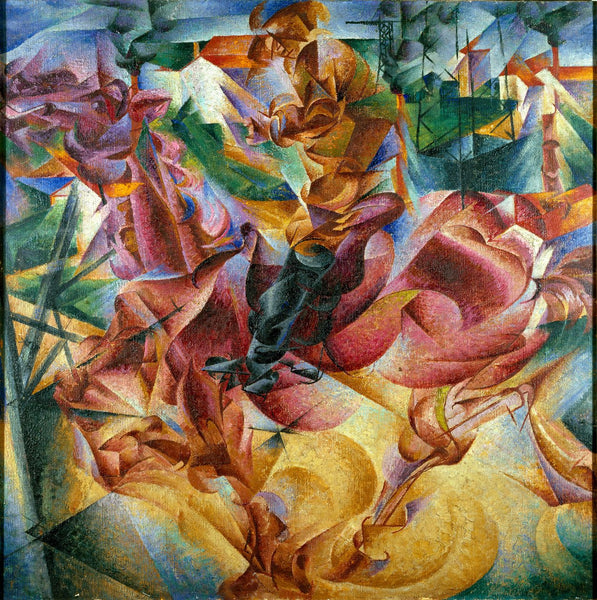
Umberto Boccioni
Umberto Boccioni is a painter and sculptor who represents Futurism , an art movement that arose in Italy in the early 20th century. His works, which pursue the aesthetics of machine civilization and express movement, speed, and dynamism, had a major impact on the art world of the time. His works are searched for by many people with an interest in avant-garde art using keywords such as "Boccioni Futurism" and "Boccioni sculpture."
Umberto Boccioni Biography
- Born October 19, 1882 in Reggio Calabria, southern Italy.
- Around 1898, he moved to Rome and studied pointillism under Giacomo Balla while attending art school.
- In 1907, he moved to Milan and deepened his connections with avant-garde artists.
- In 1910, he participated in the drafting of the "Futurist Painting Technical Manifesto" and played an active role as a central figure of the Futurist movement.
- He produced not only paintings but also sculptures, presenting groundbreaking works such as "The Unique Form of Continuity in Space."
- In 1915, he volunteered to serve in World War I.
- Died near Verona on August 17, 1916, after falling off a horse during cavalry training (aged 33)
Representative works
- The City Rises (1910)
- Simultaneous Visions (1912)
- Unique Forms of Continuity in Space (1913) – sculpture
- Dynamism of a Soccer Player (1913)
- Elasticity (1912)
Boccioni's art embodies the idea of Futurism, which seeks to express the speed and dynamism created by the progress of mechanical civilization through painting and sculpture. He criticized conventional art for being limited to depicting static objects, and pursued new artistic expressions that also capture movement and the passage of time. His representative work, "The Growth of the City," expresses the energy of a rapidly developing modern city with a swirling composition and vivid colors, and is widely known as a representative work of Futurist painting, with keywords such as **Boccioni The Growth of the City** and **Futurist painting**.
In addition, his sculpture "Unique Forms of Continuity in Space" is an innovative piece that uses the human body as its motif, capturing its movement in a continuous manner and expressing it as a form that flows through space. This piece has been highly praised as one of the most important works in the history of 20th century sculpture, with keywords such as **"Boccioni sculpture"** and **"Unique Forms of Continuity in Space".
Boccioni died at the early age of 33 due to his participation in World War I, but during his short active career he produced revolutionary works in the fields of painting and sculpture as a central figure of Futurism. His art had a major impact on artists of his time and contributed to the later development of abstract art and constructivism. His works are not only housed in museums in Italy, but also in major museums around the world, and you can find information on museums where you can view his works by searching for **"Boccioni works"** and **"Boccioni Museum"**.
nana_icroom様にインスタグラムでご紹介いただきました!
本日のご注文受付終了まで
時間が過ぎると翌営業日のご注文扱いとなりますのでご了承くださいませ。















